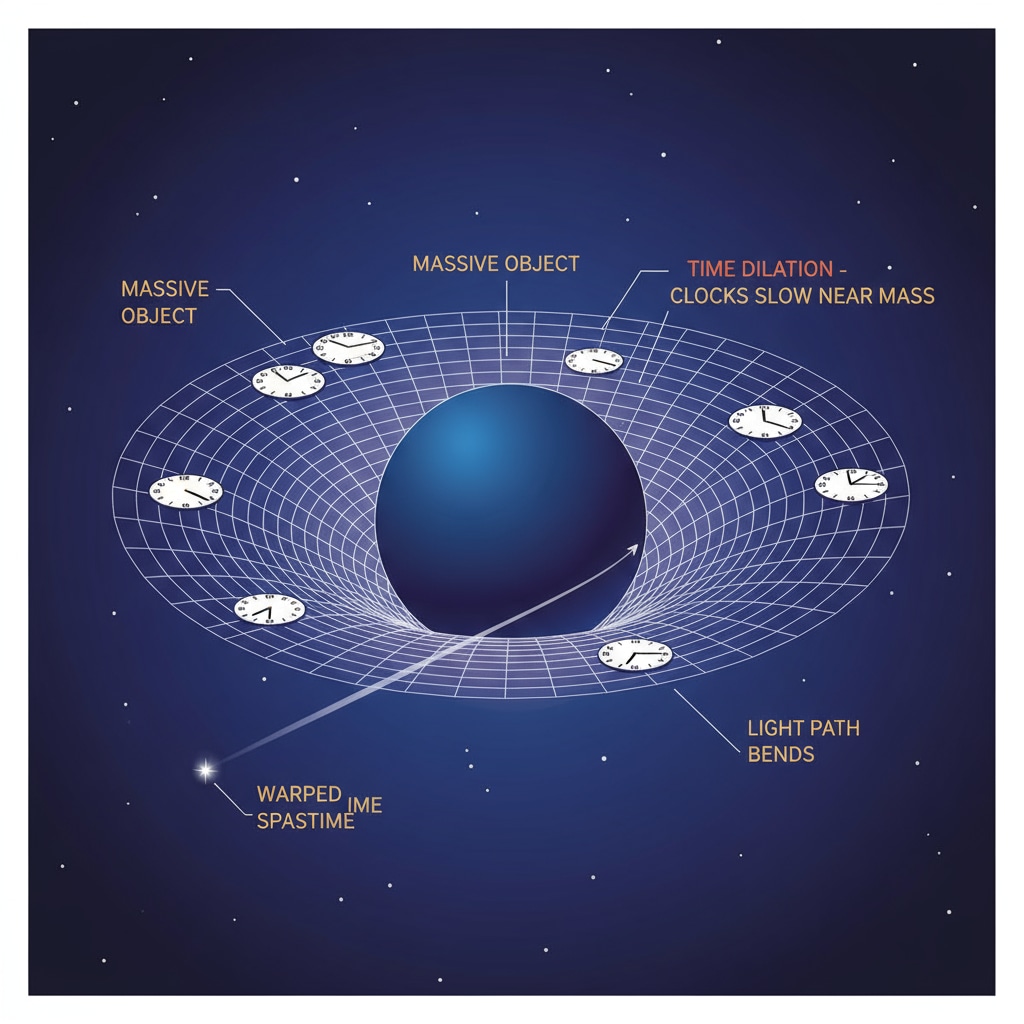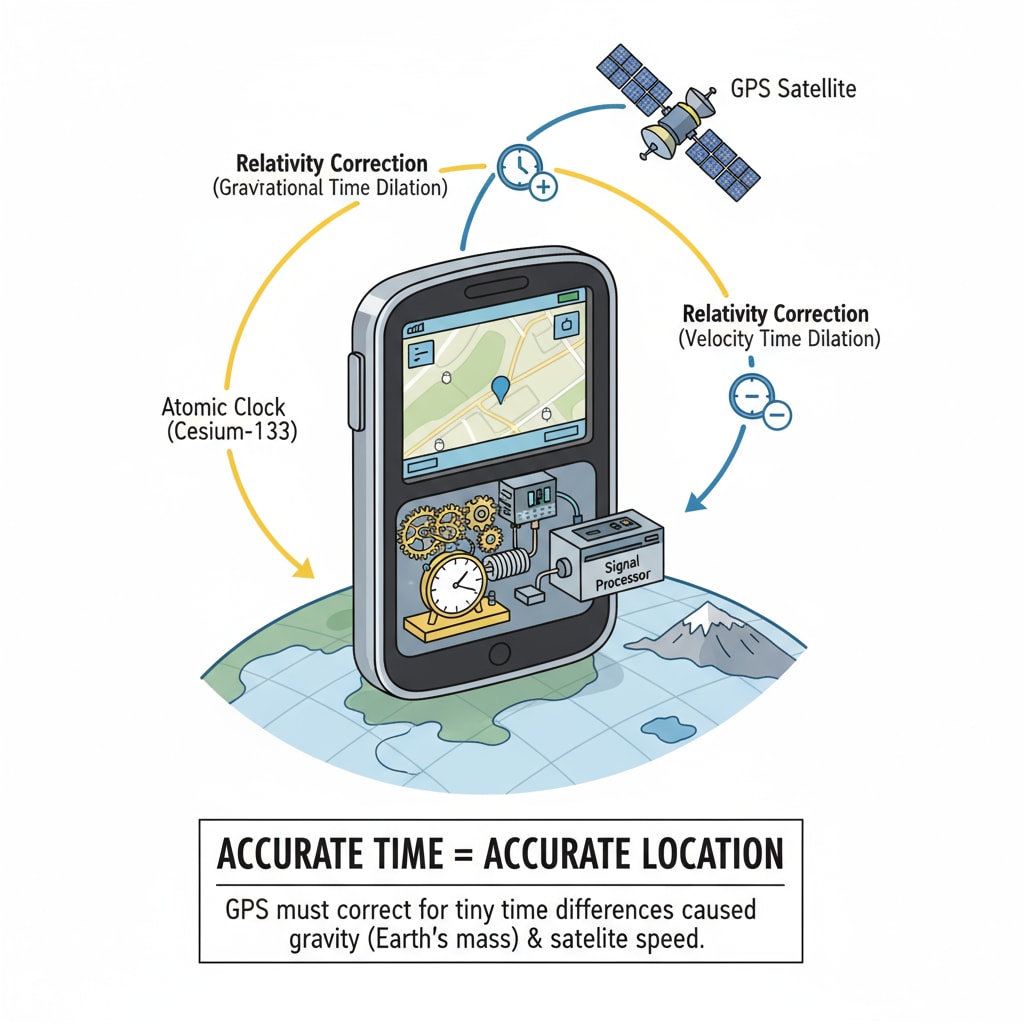Time bending, gravity, and their impacts on daily life are not just abstract scientific concepts but phenomena that touch our lives in more ways than we might think. Einstein’s General Theory of Relativity introduced the revolutionary idea that gravity can affect the flow of time. This concept, although complex, holds great potential for sparking scientific interest among K12 students. Let’s delve deeper into this fascinating topic.

The Science Behind Gravity and Time Warping
According to Einstein’s General Relativity, gravity is not just a force pulling objects towards each other, but rather a curvature of space-time caused by mass and energy. Massive objects like planets and stars create a significant dent in the fabric of space-time. As a result, time passes more slowly in regions of stronger gravitational fields. For example, a clock placed closer to a massive object will tick more slowly compared to one in a weaker gravitational area. This phenomenon is known as gravitational time dilation. General Relativity on Wikipedia
Everyday Implications of Gravitational Time Dilation
While the effects of gravitational time dilation are extremely small in our daily lives, they are still present. For instance, GPS satellites orbiting the Earth experience a different rate of time flow due to the weaker gravitational pull at their altitude. If these time differences were not accounted for, GPS systems would be inaccurate by several kilometers within a day. This shows that even in the seemingly mundane task of navigation, the concept of time being affected by gravity plays a crucial role. Gravitational Time Dilation on Britannica

In addition, the concept of time being influenced by gravity can also be related to the aging process. Although the differences are minuscule, people living at higher altitudes (where the gravitational field is slightly weaker) age ever so slightly faster than those at lower altitudes. This is a fascinating aspect of how gravity and time interact in our daily existence.
Readability guidance: As we’ve seen, gravity has a profound impact on the flow of time. These examples show how this scientific concept is not just confined to the realm of theoretical physics but has real-world implications. By connecting such abstract ideas to everyday experiences, we can make science more accessible and engaging for K12 students. It’s time to use these concepts to inspire a new generation of young scientists.


